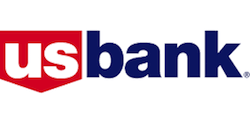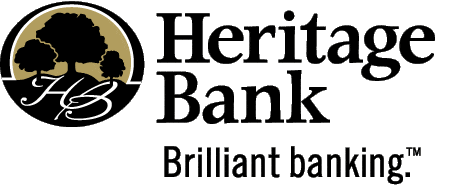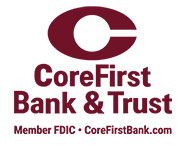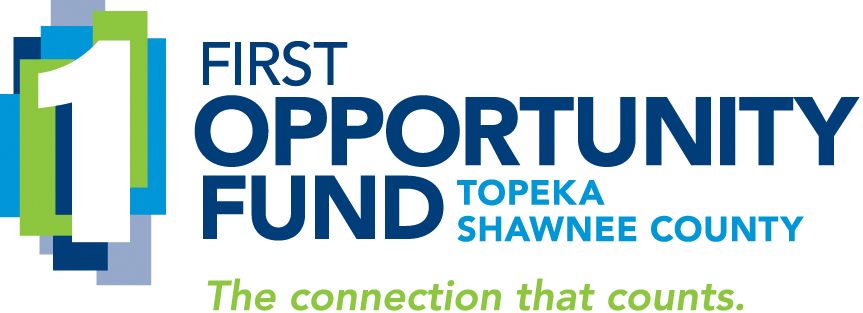
An annual brand audit helps ensure a consistent voice across a financial institution’s entire footprint—whether there are a few branches or a few hundred. But that’s not enough; marketing leaders who also audit competitors ensure their brand stays unique and relevant.
Covert ops on the competitive landscape
While it’s dangerous to be reactionary, it’s valuable to have good intel on what’s happening and what may be on the horizon. Monitoring competitors isn’t about copying or allowing the team to get distracted. It is about making decisions with all the important information readily available.
Why marketers must conduct a competitive audit
Marketing in a bubble can lead to making damaging assumptions. Knowing the competitors’ strengths and weaknesses—as well as our own—assures better decision making and on-target communications.
Uncovering the competitive assets of other FIs allows branders to position their institution more strategically in the marketplaces they serve.
It helps avoid duplicative or confusing messaging that leaves consumers, prospects and employees scratching their heads. It will also help avoid investing in a campaign that must be altered far into the process—adding expense and delays as work gets changed and changed again. And finally, without a competitive audit, marketing leaders may miss out on valuable opportunities.
Five ways to take the pulse of the competition
Since there are multiple institutions to monitor, a competitive audit is best set up in a spreadsheet system instead of a lengthy written narrative format. And it allows the viewer an easier comparison of different categories at a glance. This makes for efficient information sharing inside the institution.
If there are multiple markets, a brander can work on one spreadsheet with multiple tabs, one tab per market.
The audit should contain research observations about:
- Market position—While everyone likes to think their bank is the best, there are perceived—and real—ratings to help assess their real position. Look at:
- market share (which can be found using information on the FDIC and NCUA websites)
- merger or acquisition activity
- “best of” awards received
- profile of their community involvement
2. Messaging—Note taglines, brand promises and mission statements. Assess:
- who the FIs say they’re here to serve if they’ve changed something recently
- if they’re reflecting changes in leadership
- if they’re reacting to changes in the marketplace
- if the mission and promise are current or outdated
3. Paid, owned and earned media—Take time to review:
- social media including frequency and quality of posts, presence and community engagement
- see who is mentioning them and how they respond
- review website content and quality—and how it looks on mobile devices
- an annual report on their website can reveal a wealth of information
- how they’re managing their Google business pages
- current ad campaigns and sponsorships
4. Products and services—Notice whether they offer something different or the same things everyone else promotes:
- out-of-the-ordinary product or service offerings
- products that address a unique need
- products that address a specific audience
- something new and promotional in their lineup
- the same products, but delivered in a different way
5. Customer experience—It’s fairly easy to secret shop their website for a topline view of account opening ease or to observe what’s happening in a branch or drive-through. Other places to assess customer experience:
- customer ratings on Google, Facebook, Yelp! and other review sites
- employee ratings on sites like GlassDoor and Monster
- chatbot or live chat support on their website
Person power and tradecraft
Many marketing teams are juggling a full load already. Much of the legwork gathering intel on competitors can be assigned to an intern or team of interns. They can gather the information and post it to a shared internal document for higher level staffers to view, fill in the blanks and analyze.
The first time around, this audit can be time-consuming. But once the initial sleuthing is done, maintaining the repository of information is a lighter lift.
It’s not cloak and dagger
It’s smart. Prospects are already shopping the competition, so it’s important to know how everyone stacks up. Knowing where all the competitors are—and what they’re doing—helps identify unmet needs and underserved audiences in the marketplace. It gives branders a chance to evolve their brand or spy more ways to deliver on a brand promise that’s already solid.
For more insights about researching and gathering marketing intelligence, read our article, Burn Notice: finserv marketing intelligence from fabled spies.
If you'd like help with marketing strategy and research for your bank or credit union, contact Martha Bartlett Piland, CFMP at 785-969-6203 or by
photo credits: 007 by Ilya Chunin and person with person with magnifying glass by Marten Newhall on Unsplash
























